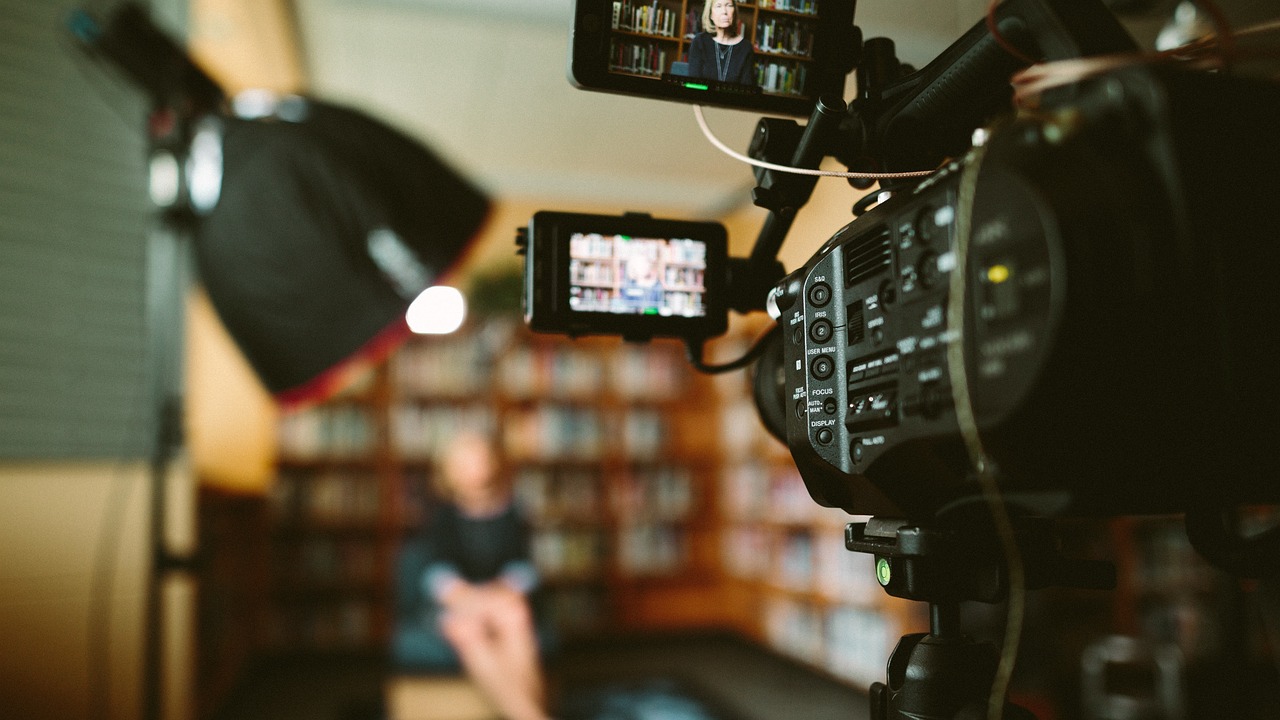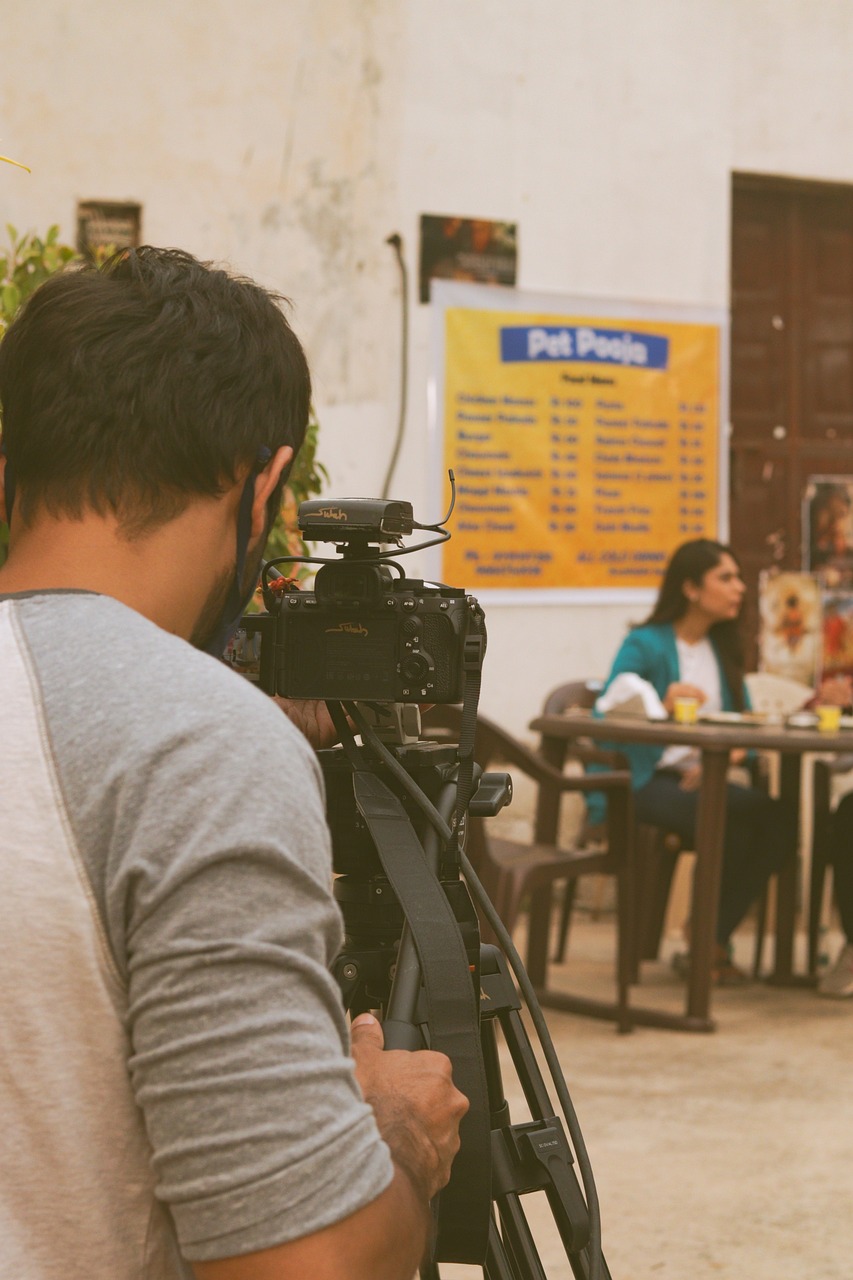
Bringing a film to life is a journey of creativity, precision, and meticulous planning. From the spark of an idea to the final product on the screen, a production company in Singapore plays a crucial role in transforming visions into reality. Film production is a fascinating process that combines art and technology, requiring expertise and coordination at every stage. Understanding what goes on behind the scenes can help both budding filmmakers and businesses appreciate the effort required to craft compelling visuals.
The Pre-Production Phase
Every successful film is built on a solid foundation, and pre-production is where that groundwork is laid. This stage is critical as it determines the film’s direction, logistics, and overall feasibility before cameras start rolling.
Concept Development
The journey of a film begins with an idea—a concept that needs to be nurtured into a compelling narrative. Writers collaborate to craft a script, often going through multiple drafts to refine dialogue, pacing, and story structure. During this stage, genre, themes, and target audience are considered to ensure the film resonates with viewers. Some productions also conduct early test readings or workshops to gauge initial reactions and tweak the script accordingly.
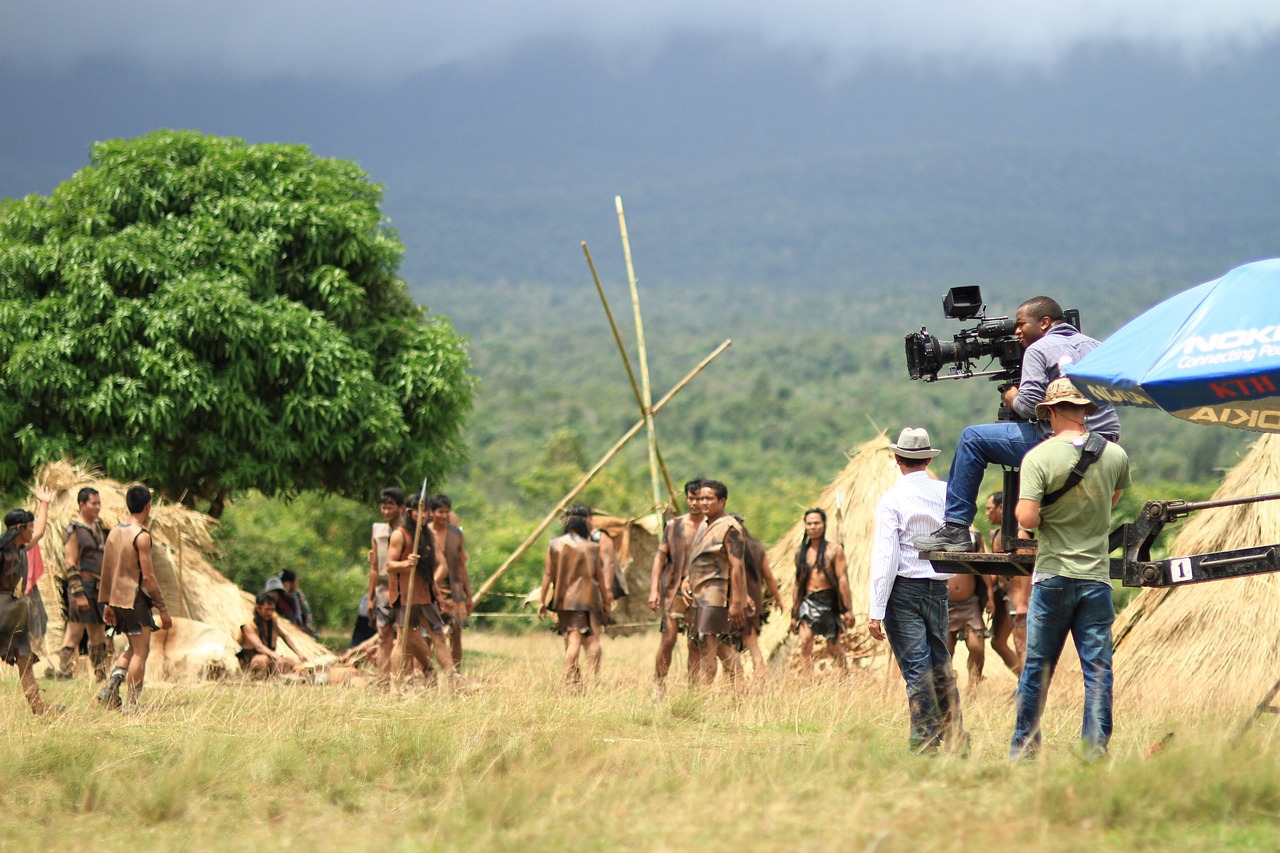
Budgeting and Financing
Financing a film is a complex and strategic process. Production costs encompass everything from equipment rentals and location permits to cast salaries and post-production expenses. Filmmakers often secure funding through multiple sources, such as private investors, film grants, production houses, or crowdfunding. Budgeting is meticulously planned to allocate resources efficiently, preventing unnecessary overspending while ensuring production quality remains high.
Casting and Crew Selection
Casting is an intricate process where actors are auditioned and selected to embody the characters envisioned in the script. Casting directors work closely with the director to find performers who bring authenticity and depth to their roles. Simultaneously, the production team assembles a skilled crew, including cinematographers, sound designers, costume designers, and set decorators—each playing a pivotal role in bringing the film to life.
Location Scouting
Choosing the right locations adds authenticity to a film. Location scouts seek out sites that match the director’s vision, considering factors such as natural lighting, accessibility, and budget constraints. Sometimes, filmmakers opt for studio sets to maintain better control over the environment. If a location is unavailable or impractical, green screens and virtual production techniques can be employed to simulate real-world settings.
Production: The Heart of Filmmaking
With all preparations complete, production begins—the phase where the script is transformed into visual storytelling. A production house in Singapore plays a vital role in ensuring seamless execution, bringing together the right talent, equipment, and resources. This stage is a whirlwind of coordination, creativity, and problem-solving.
Shooting Schedule and Organization
Time is money in filmmaking, making efficient scheduling essential. The assistant director and producers create a detailed shooting schedule, accounting for actor availability, location permits, weather conditions, and technical setup requirements. A well-planned schedule minimizes delays and keeps the production on track.
On-Set Filming
Once filming starts, the set becomes a highly orchestrated environment. Directors guide actors through scenes, ensuring performances align with the film’s vision. Camera operators capture each shot based on cinematographic techniques, while lighting technicians fine-tune the mood with strategic illumination. Production assistants facilitate smooth operations, addressing unforeseen challenges to keep the shoot running smoothly.
Equipment and Technology
Filmmaking technology has advanced tremendously, with high-definition cameras, stabilizers, and drones being integral tools on set. Cinematographers leverage these innovations to create visually stunning sequences. Sound engineers capture crisp audio, ensuring dialogue and ambient noises are recorded cleanly to reduce the need for extensive post-production corrections.
Post-Production: Perfecting the Vision
Once filming wraps, the raw footage undergoes meticulous refinement in post-production. This phase ensures that every aspect of the film—from visuals to sound—is polished to cinematic perfection.
Editing and Narrative Structure
Editing is one of the most crucial aspects of filmmaking, as it determines how a story unfolds and how the audience experiences it. Imagine a film as a giant puzzle, with hundreds or even thousands of individual shots. An editor’s job is to take these pieces and arrange them in a way that makes sense, keeps viewers engaged, and evokes the right emotions.
Crafting a Coherent Story
Raw footage is often disorganized, with scenes shot out of order and unnecessary moments included. Editors carefully select the best takes and arrange them so the story flows smoothly and makes sense to the audience.
Pacing and Rhythm
The speed of edits affects how a film feels—fast cuts create excitement, while slower transitions build tension or emotion. Editors decide how long each shot stays on screen to control the energy of a scene.
Enhancing Visual Appeal with Color Grading
Color grading adjusts brightness, contrast, and tones to set the mood and create a consistent visual style. Warm hues can make a scene feel nostalgic, while cool tones can add suspense or sadness.
The Power of Continuity
Editors ensure objects, actions, and character appearances remain consistent between cuts, preventing jarring distractions. Even if scenes are filmed days apart, skilled editing makes them feel seamless.
Shaping the Final Tone of the Film
The same footage can tell different emotional stories depending on how it’s edited. Editors shape the audience’s perception, deciding whether a film feels uplifting, intense, or melancholic.
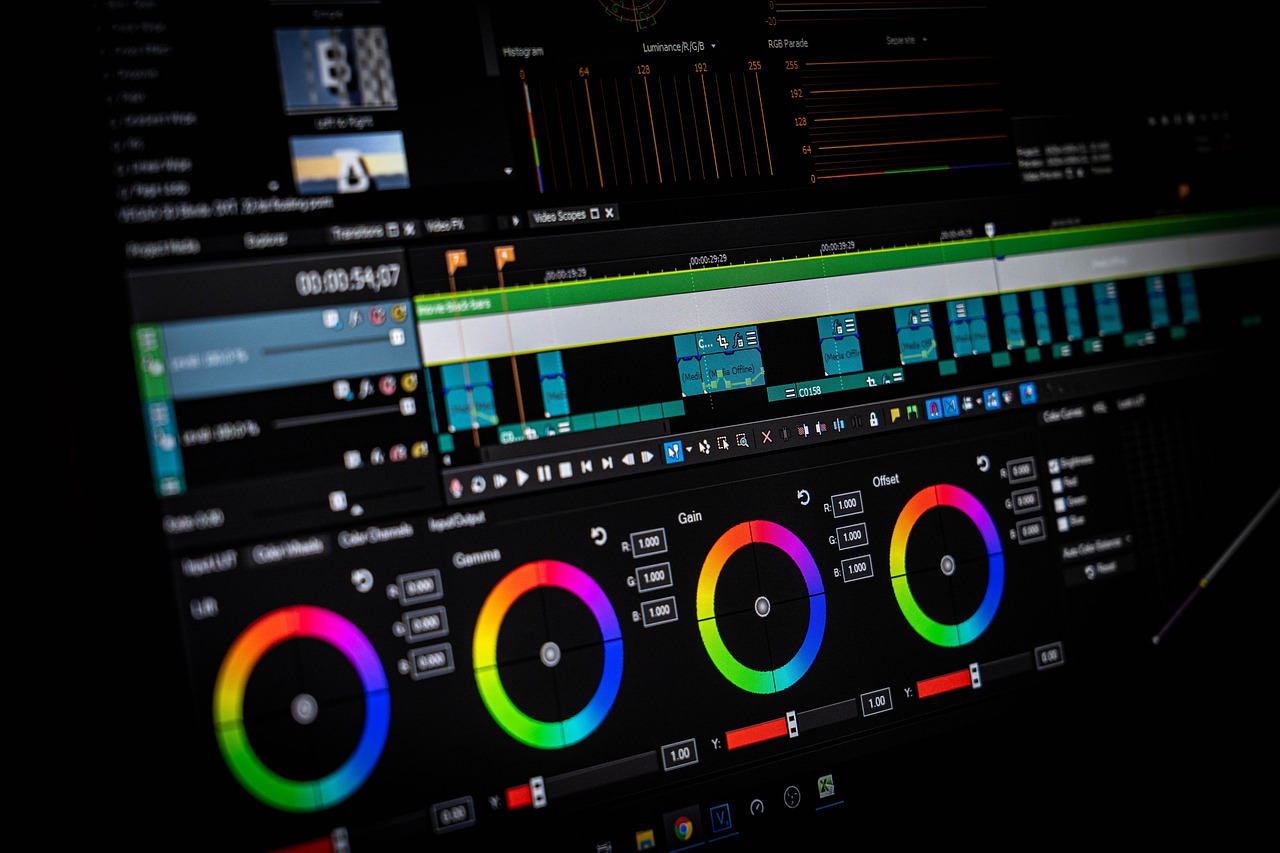
Sound Design and Music Composition
Sound plays a vital role in filmmaking, shaping the audience’s emotional connection to a scene just as much as visuals do. Post-production audio teams refine dialogue clarity, create immersive soundscapes, and compose powerful scores, ensuring every layer of audio enhances the story’s depth, emotion, and realism.
Enhancing Dialogue and Sound Effects
Clear dialogue ensures audiences understand every word, while sound effects add realism and depth to scenes. Editors clean up background noise, enhance speech clarity, and layer in sounds that make the world feel alive.
Creating an Immersive Soundscape
Sound design shapes how a scene feels—subtle ambient noises create realism, while dramatic effects heighten intensity. Every background sound, from footsteps to distant echoes, adds to the film’s atmosphere.
Music Composition and Emotional Impact
A film’s score reinforces its tone, whether it’s suspenseful, uplifting, or melancholic. Music is carefully timed and synchronized to elevate key moments, making scenes more powerful and memorable.
Special Effects and Graphics
Special effects and graphics play a crucial role in enhancing a film’s visual storytelling, bringing imaginative worlds and impossible feats to life. For films requiring CGI, post-production is where visual effects artists integrate digital elements seamlessly into the footage. From intricate CGI creatures to mind-blowing explosions, every effect is meticulously crafted to blend naturally with live-action scenes. Motion graphics, title sequences, and animation also fall under this stage, adding the finishing touches to the film’s visual appeal.
Bringing CGI to Life
For films that rely on CGI, post-production is where digital artistry meets reality. Visual effects (VFX) artists use advanced software to create everything from lifelike creatures to breathtaking environments, ensuring these elements blend seamlessly with live-action footage. In Hollywood, films like Avatar and Avengers: Endgame showcase groundbreaking CGI, bringing alien worlds and larger-than-life superheroes to the screen. In Singapore, Ah Boys to Men 3: Frogmen utilized CGI to enhance military action sequences, demonstrating how visual effects can elevate storytelling even in local productions.
Crafting Realistic Effects
Explosions, supernatural powers, and futuristic worlds don’t just appear on screen—they are meticulously designed through layers of CGI, lighting effects, and physics simulations. Every detail, from shadows to reflections, is fine-tuned to make digital elements feel tangible.
Motion Graphics and Title Sequences
Beyond CGI, motion graphics enhance storytelling through animated text, maps, and visual overlays. Title sequences set the film’s tone, using typography and dynamic visuals to create a memorable introduction.
Polishing with Animation
Whether it’s full-fledged animation or subtle enhancements in live-action films, animators add movement and life to scenes. From digital character expressions to animated interfaces in sci-fi films, these details contribute to the film’s overall visual impact.
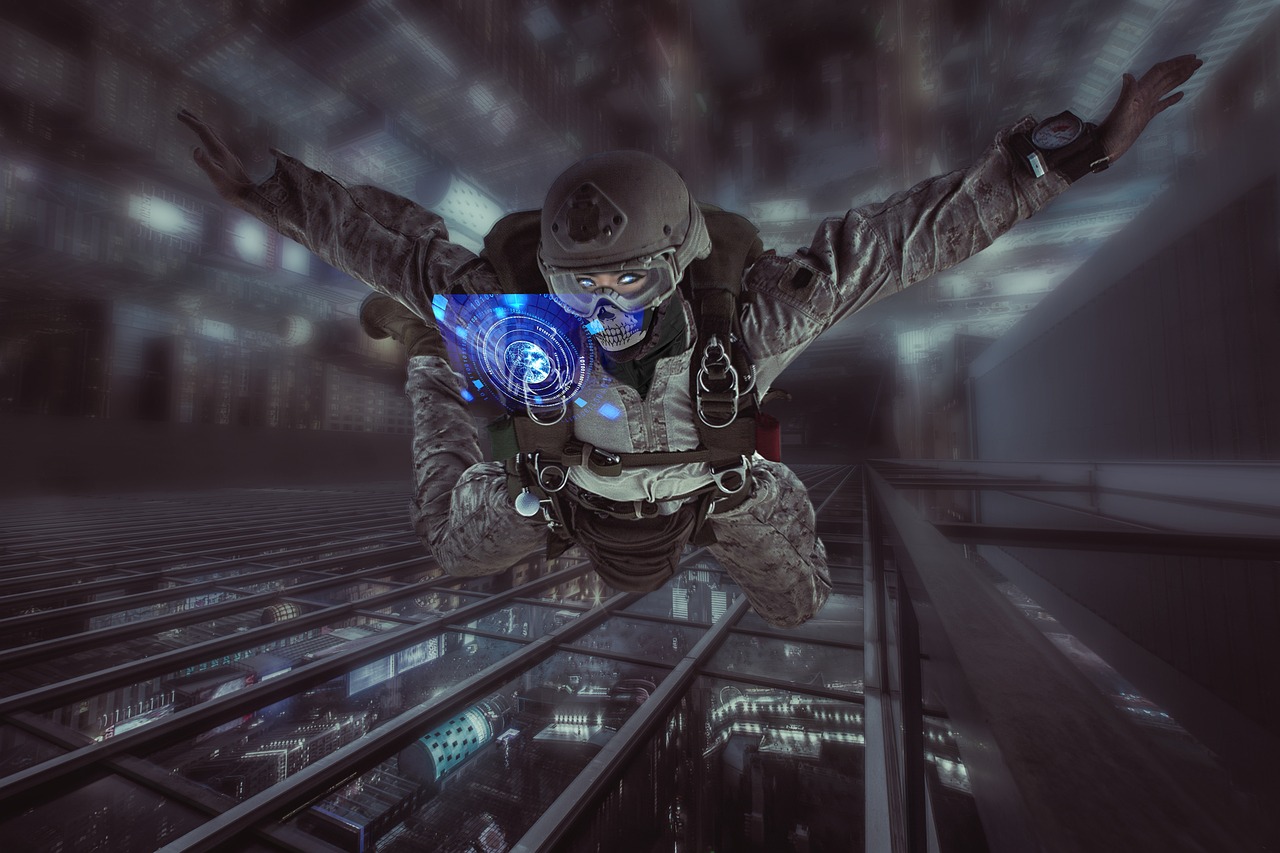
Industry Trends Shaping Film Production in 2025
As technology continues to evolve, filmmaking adapts to new trends that redefine how stories are brought to the screen.
Virtual Production and AI Integration
Virtual production, using software like Unreal Engine, allows filmmakers to create realistic digital environments, reducing reliance on expensive location shoots. AI is also making waves in post-production, automating processes like color correction, video editing, and even generating realistic digital actors.
Sustainable and Green Filmmaking
Eco-conscious production practices are on the rise, with studios implementing carbon-neutral strategies. Energy-efficient lighting, digital scripts to reduce paper waste, and sustainable set designs are becoming standard to minimize environmental impact.
Interactive and Immersive Storytelling
Audiences today crave authenticity in the content they consume. There is a noticeable shift toward raw, unscripted, and immersive storytelling where viewers feel a genuine connection to the narrative. Real-life stories, unscripted dialogues, and documentary-style cinematography resonate more with audiences who seek meaningful, relatable experiences. Technologies like 360-degree video, augmented reality, and virtual reality are pushing the boundaries of interactive content, allowing viewers to engage with stories beyond passive watching. Filmmakers are now crafting narratives where audiences can influence the storyline or explore deeper layers of the film’s universe, making the experience far more personal and emotionally impactful.
The Future of Film Production
The future of filmmaking will be shaped by a fusion of cutting-edge technology and evolving audience preferences. As artificial intelligence, real-time virtual production, blockchain, and sustainability efforts advance, they are fundamentally changing how films are created, funded, and consumed.
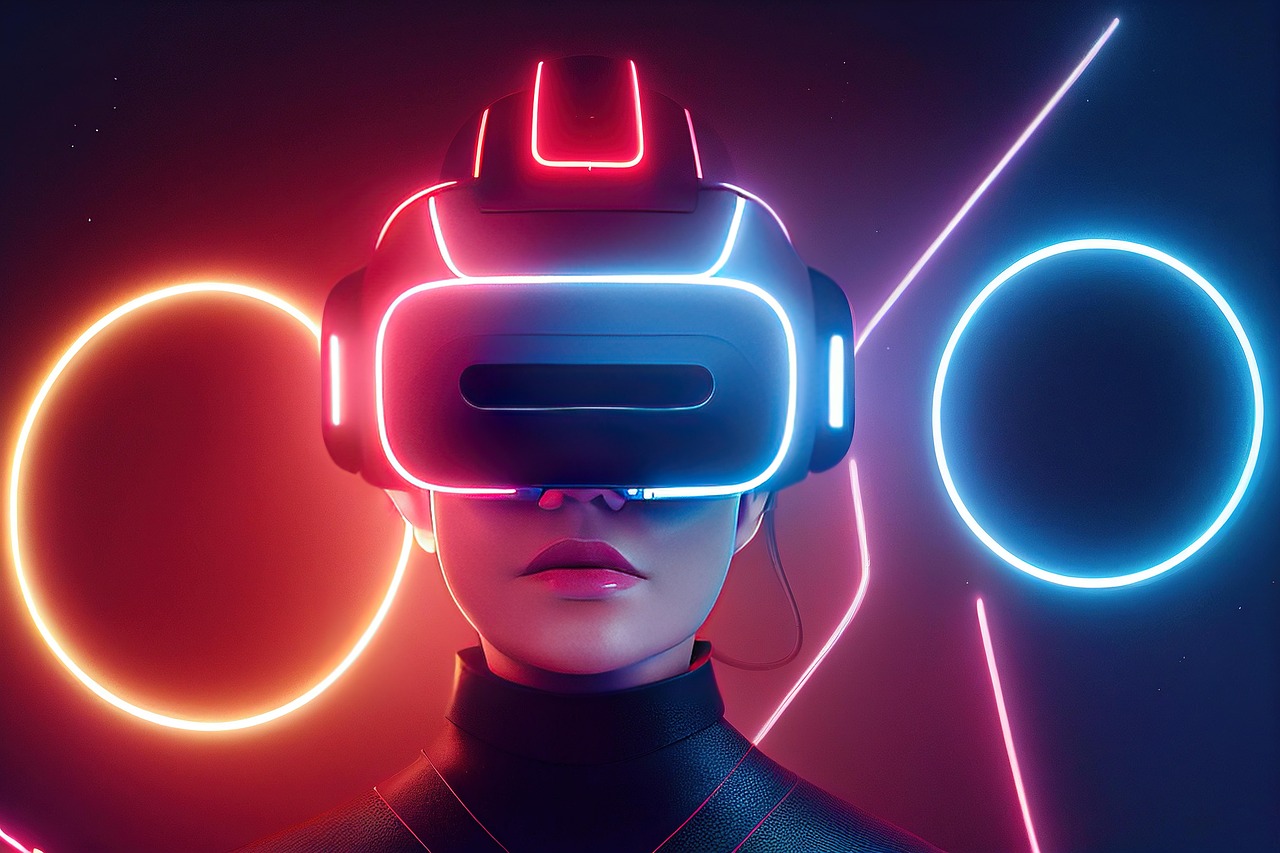
AI’s Expanding Role in Film Production
Artificial intelligence is revolutionizing multiple aspects of filmmaking, from script analysis to automated editing. AI-powered tools like Adobe Sensei assist in post-production by streamlining video editing, while OpenAI’s Sora has demonstrated the potential of AI-generated video content. Even major Hollywood productions have embraced AI, with films like The Irishman utilizing deepfake and de-aging technology to alter actors’ appearances convincingly.
Beyond post-production, AI is also reshaping CGI and real-time rendering, significantly benefiting virtual production. AI-enhanced tools help refine digital effects faster, making complex visual elements more efficient to create—essential in LED Volume-based productions like The Mandalorian, where real-time CGI blends seamlessly with live-action footage.
Virtual Production: The New Industry Standard
Traditional green screen technology is being rapidly replaced by real-time virtual production, where massive LED walls display dynamic backgrounds that interact with actors in real-time. This technique, popularized by The Mandalorian, has now been adopted by major studios, reducing the need for expensive on-location shoots. AI plays a crucial role here as well, improving the realism of real-time CGI rendering, lighting adjustments, and background generation.
Virtual production also supports sustainability efforts, significantly lowering a film’s carbon footprint. Movies like No Time to Die have integrated energy-efficient lighting and virtual environments to minimize the environmental impact of extensive travel and set construction.
Blockchain’s Impact on Funding and Distribution
Blockchain technology is transforming how films are financed, distributed, and protected. Platforms like Breaker (formerly SingularDTV) offer decentralized funding solutions, allowing independent filmmakers to secure financing without traditional studio backing. Additionally, NFTs are redefining audience engagement, as seen with Zero Contact, which was released as an NFT-backed film, giving fans digital ownership and exclusive access to content.
The implications of blockchain extend beyond funding—it could merge with interactive storytelling by allowing audiences to directly influence narratives. Imagine a future where viewers use blockchain-powered tokens to unlock alternative endings or participate in decision-making processes, similar to how Netflix’s Bandersnatch introduced audience-driven storytelling.
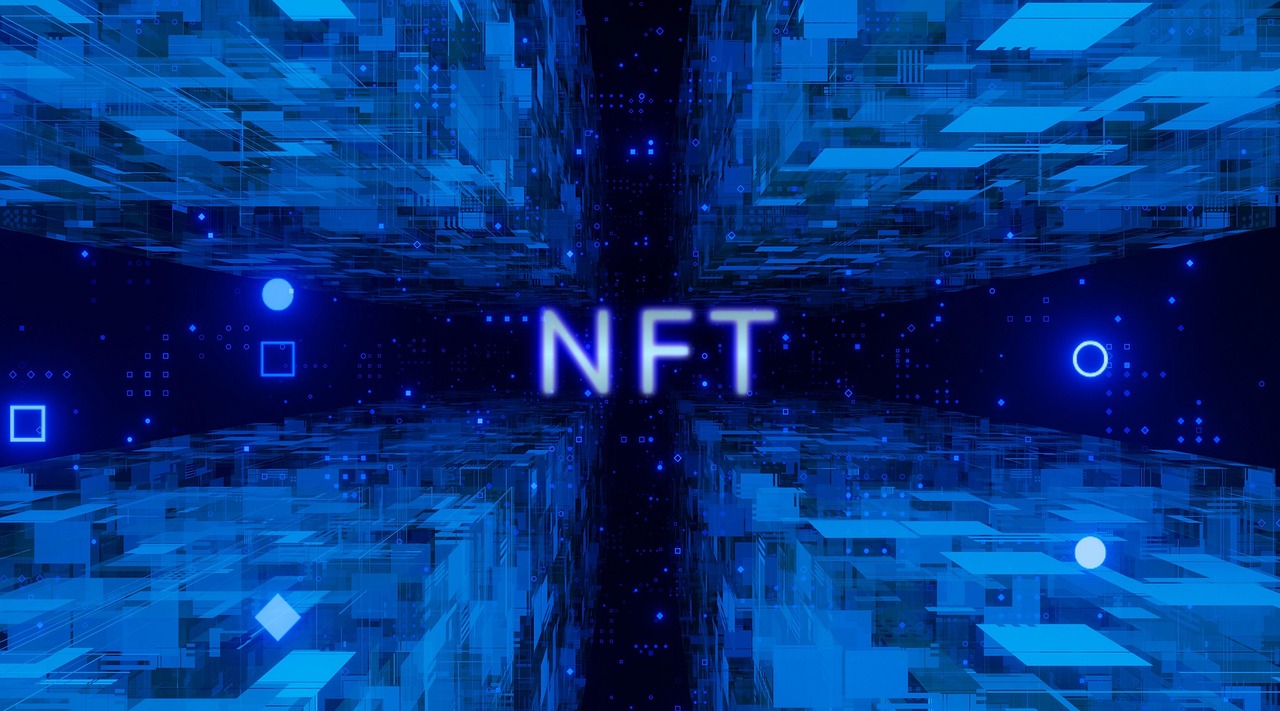 The Rise of Interactive and Immersive Storytelling
The Rise of Interactive and Immersive Storytelling
With audiences demanding more dynamic entertainment, interactive films and VR-driven experiences are gaining traction. Bandersnatch set the stage for mainstream interactive storytelling, while projects like The Lion King (2019) used VR for pre-visualization, allowing directors to explore digital environments before filming even began.
This evolution in storytelling could tie into blockchain-backed media, where fans gain ownership of story-driven digital assets. As virtual and augmented reality expand, we can expect films to become even more interactive, blurring the lines between traditional cinema, gaming, and digital experiences.
A New Era of Film Production
With AI, virtual production, blockchain innovations, and sustainability initiatives rapidly evolving, the future of filmmaking is more dynamic than ever. These advancements are not just enhancing efficiency but also unlocking new creative possibilities, allowing filmmakers to push boundaries while delivering compelling, immersive storytelling that resonates with audiences worldwide.
The Role of Film Production Companies in Modern Storytelling
A production house serves as the backbone of any successful film project, providing the expertise and resources to transform creative ideas into tangible outcomes. From pre-production planning to the final touches in post-production, their involvement ensures a seamless workflow. Whether it’s coordinating with diverse teams, managing logistics, or leveraging cutting-edge technology, a professional production house streamlines the complexities of filmmaking.
In Singapore, working with a professional production house is particularly advantageous, as they bring deep industry knowledge and a keen understanding of audience preferences. This ensures every project not only meets high standards but also resonates with its target viewers. By partnering with seasoned experts, your film gains the technical precision and artistic integrity it needs to stand out.
Why Collaboration Matters
Filmmaking is a collaborative art form. Directors rely on their crew’s expertise, actors bring characters to life, and production houses provide the infrastructure to streamline the process. Choosing the right partner can make all the difference in transforming an idea into a cinematic masterpiece. (For immediate inquiries or collaboration, visit: https://weareheroes.com.sg/contact-us/)
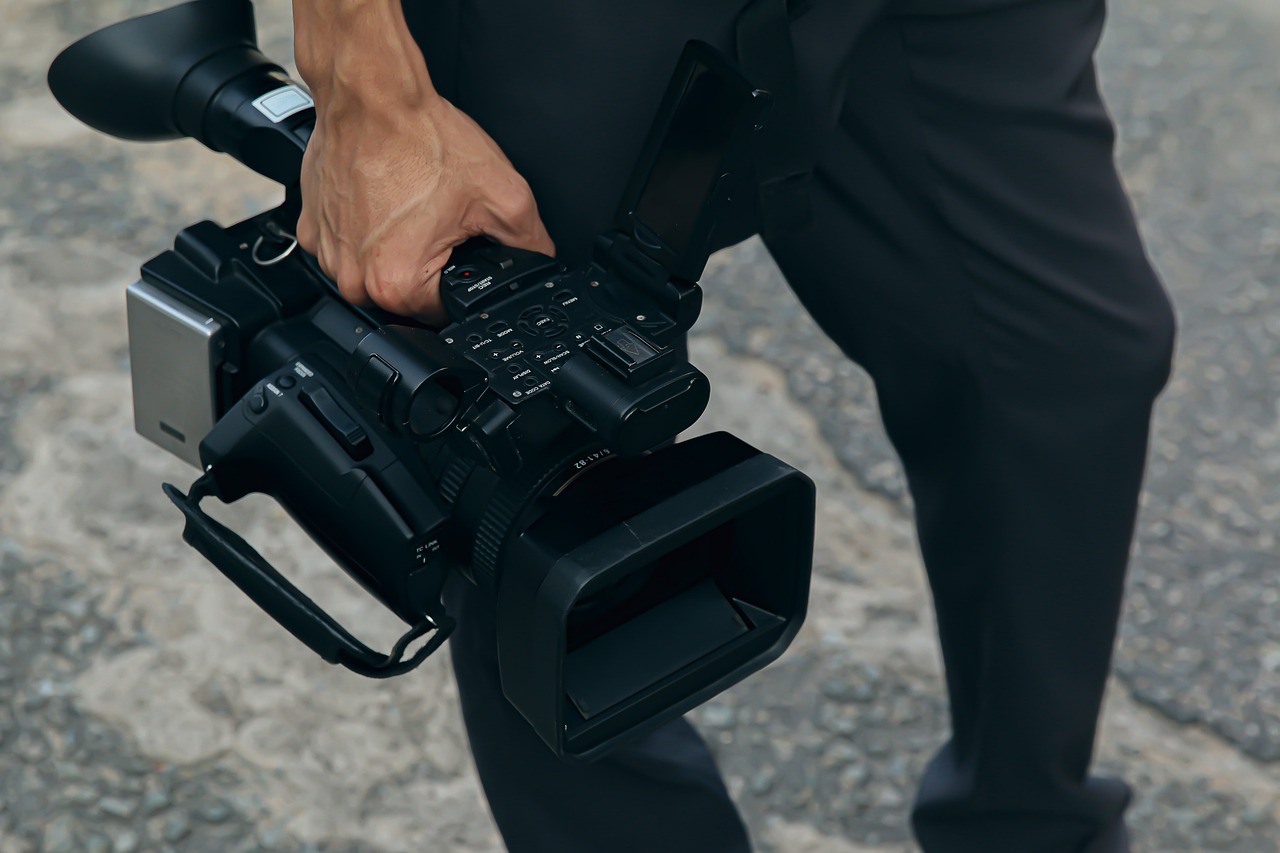 Sharing Your Vision Through Film
Sharing Your Vision Through Film
One of the most effective ways to showcase your creative vision is by documenting the film production process itself. Behind-the-scenes videos, stills, and progress updates not only engage your audience but also build anticipation for the final product. For instance, imagine a brand promoting their latest eco-friendly lifestyle products. By showcasing the production journey—from brainstorming sessions to set construction—audiences can connect not just with the product, but also with the ethos behind it. Sharing these moments allows viewers to relate on a deeper level, turning them into invested fans who are eager to see the end result. Make sure you take the first step to showcase your vision!

